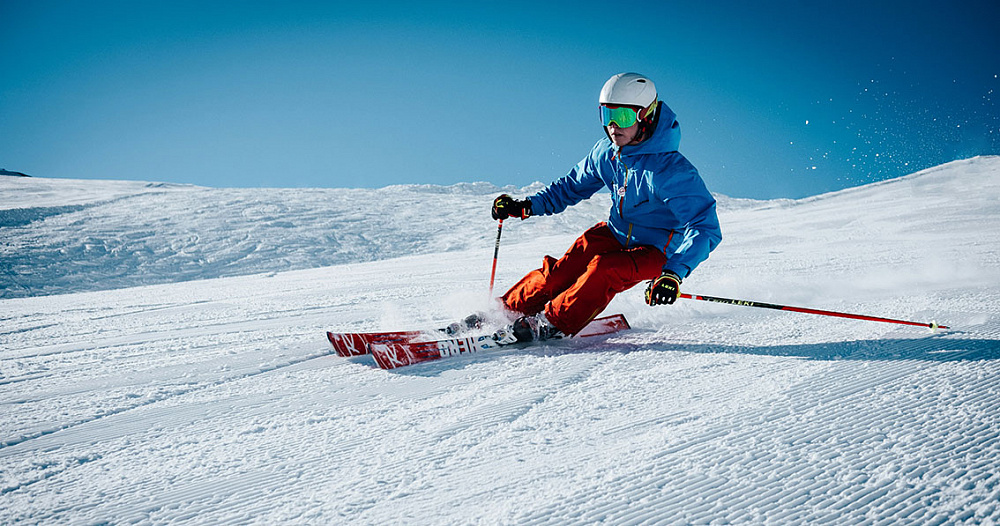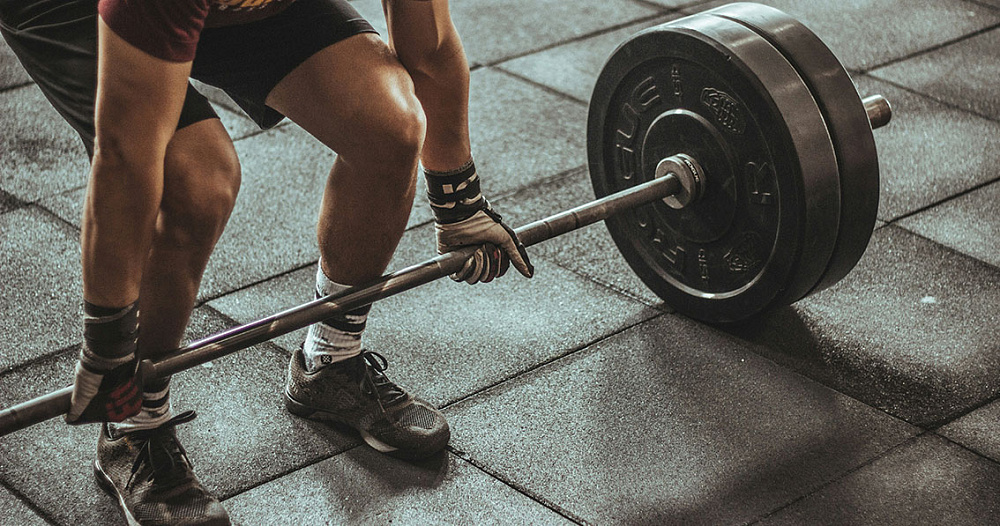There are over 8,000 types of sports. If you do them for health reasons, and not for outstanding achievements, it is better to prefer those types that are useful or at least not harmful to joints. We tell you what is useful and harmful about sports, how to do it correctly and which types of sports are best for people with problematic joints.
Joints and sports
Different sports affect joints differently. For example, weightlifting, running, team sports, throwing objects can harm joints. But they cause harm only in the case of very intense, frequent, prolonged loads. If you do sports non-professionally, not often, do not train to exhaustion, do warm-up and cool-down, use high-quality clothes and shoes, then significant harm to joints is unlikely.
When doing sports, it is important to increase the load gradually. Do not chase records. Muscles cannot strengthen instantly, and if they are weak, then most of the load falls on connective tissues, including joints.
Basic recommendations for playing sports safely for your joints:
- Adequate loads that increase gradually.
- When lifting weights, it is better to do more repetitions but with less weight.
- To reduce the risk of joint problems, you can reduce the range of motion. Example: partial squats.
- Take breaks from training. This recommendation applies to both strength exercises and cyclic sports.
- If you feel pain, stop training immediately and take a break for a few days to allow the damaged tissue to recover.
- When starting to play sports without experience, it is worth using the services of a trainer to gain the necessary skills and knowledge.
- Listen to your feelings. If you feel that during a certain exercise there is discomfort in the joint, you should change the technique or abandon this exercise.
- If you are starting to exercise, already having problems with your joints, you should use the services of a physical therapy instructor. Contact Dr. Waqas Javed’s Clinic in Moscow to get help.
What kind of sport should people with joint problems do?
If there are already problems with the joints, and a person wants to do sports, the first thing to do is to figure out why he needs physical activity. Two main options:
- To solve the problem with joints.
- To benefit your overall health and maintain physical fitness without causing any harm to your sore joints.
If a person wants to solve a problem with joints, then he needs not sports, but therapeutic physical training. These are special exercises to strengthen the muscles in the area of problem joints. The main goal of therapeutic physical training is not athletic achievements, but the treatment of diseases. It will help reduce pain and restore damaged tissues (for example, tendons).
If a person does not use sports as a tool for treating joints, but wants to do it for another purpose, but in such a way as not to harm the joints, then below we offer 7 types of sports that are safe.
Walking
When a patient is told to limit the load on sore joints, this does not mean that they need to switch to a completely sedentary lifestyle. Lack of physical activity is no less harmful than excessive loads.
Walking is a great option to provide moderate loads on joints at a level that will only benefit them. You need to walk on a flat, non-slip surface. It is advisable to use shoes with shock-absorbing soles or individual orthopedic insoles, which can be ordered at our clinic.
By creating a moderate load on the joints, walking makes the synovial fluid with nutrients penetrate better into the cartilage tissue, supporting metabolic processes in it. In addition, it strengthens the leg muscles and improves blood circulation in the tissues.
Swimming
Swimming pool exercises involve all muscle groups, but without axial load on the joints of the lower extremities and spine.

Gymnastics
Gymnastics is a flexible concept. It can be different. If we are talking about gymnastics for health, then it can be divided into two types: light exercises in the morning (warm-ups) or more intensive and long-term training aimed at increasing muscle strength and endurance: these are static exercises, training on equipment (horizontal bar, parallel bars, etc.), training with objects and weights.
Gymnastics, depending on how you do it, can be both harmful to joints and useful. It is also used as one of the methods of treating joint diseases.
To get only benefit, avoiding harm, contact Dr. Waqas Javed’s Clinic. Here you can do gymnastics with a personal instructor. He will select a set of exercises for you, depending on which joints hurt, why they hurt, as well as your physical condition and requirements for training results.
Elliptical trainer
The best cardio option for people with problematic joints. There are no impact loads, like when running, but the muscles and heart work and get stronger. In addition to the usual “vertical” elliptical trainers, there are also “horizontal” ones, on which a person sits during training.
Skis
Skiing is good for the cardiovascular system, for the muscles of the whole body, and at the same time is at least not harmful to the joints. But we are talking specifically about skiing, and not about a rapid descent from the mountain with the risk of falling and getting injured.
Yoga
Yoga is a combination of spiritual practices with exercises, mostly static, usually performed without objects and weights. It performs two functions at once: therapeutic physical training to strengthen the muscles in the area of sore joints and a beneficial effect on the psycho-emotional state, which is especially important for patients with a neuropathic component of chronic pain.
Pilates
Pilates is a type of training that was originally created for people recovering from injuries. These are exercises performed at a slow pace. They provide muscle strengthening, are useful for ligaments and joints, but it is advisable to work with a trainer to get only benefits, without the risk of aggravating the symptoms of the disease.
Even people with sore joints can and should do sports. The main thing is to choose the right types of exercises that will not harm, and even better – will help the joints recover from injuries or illnesses.





